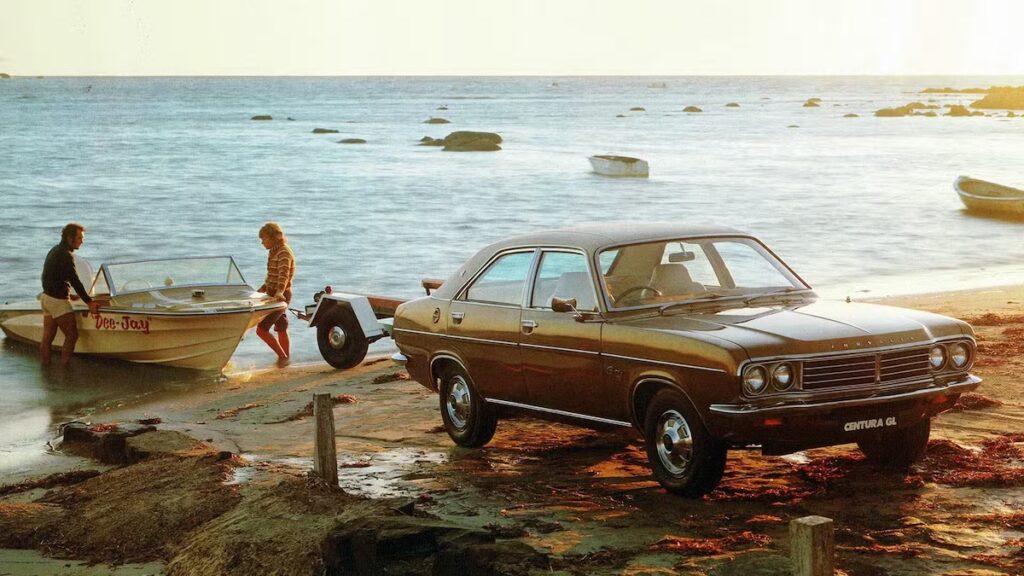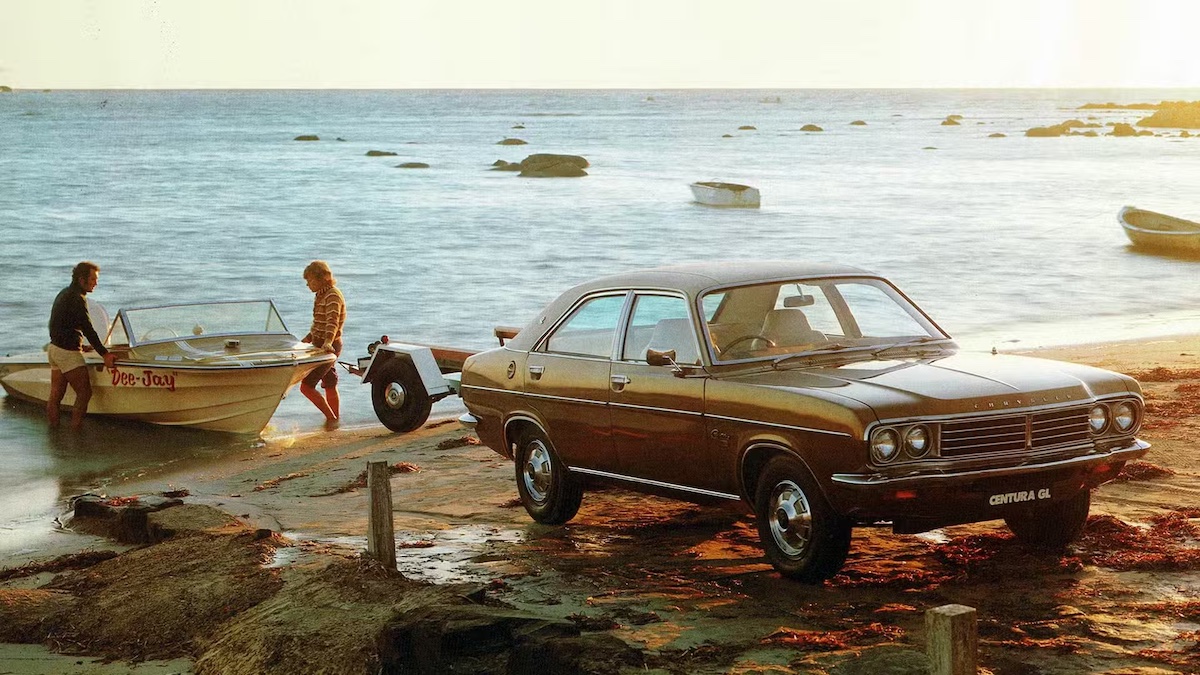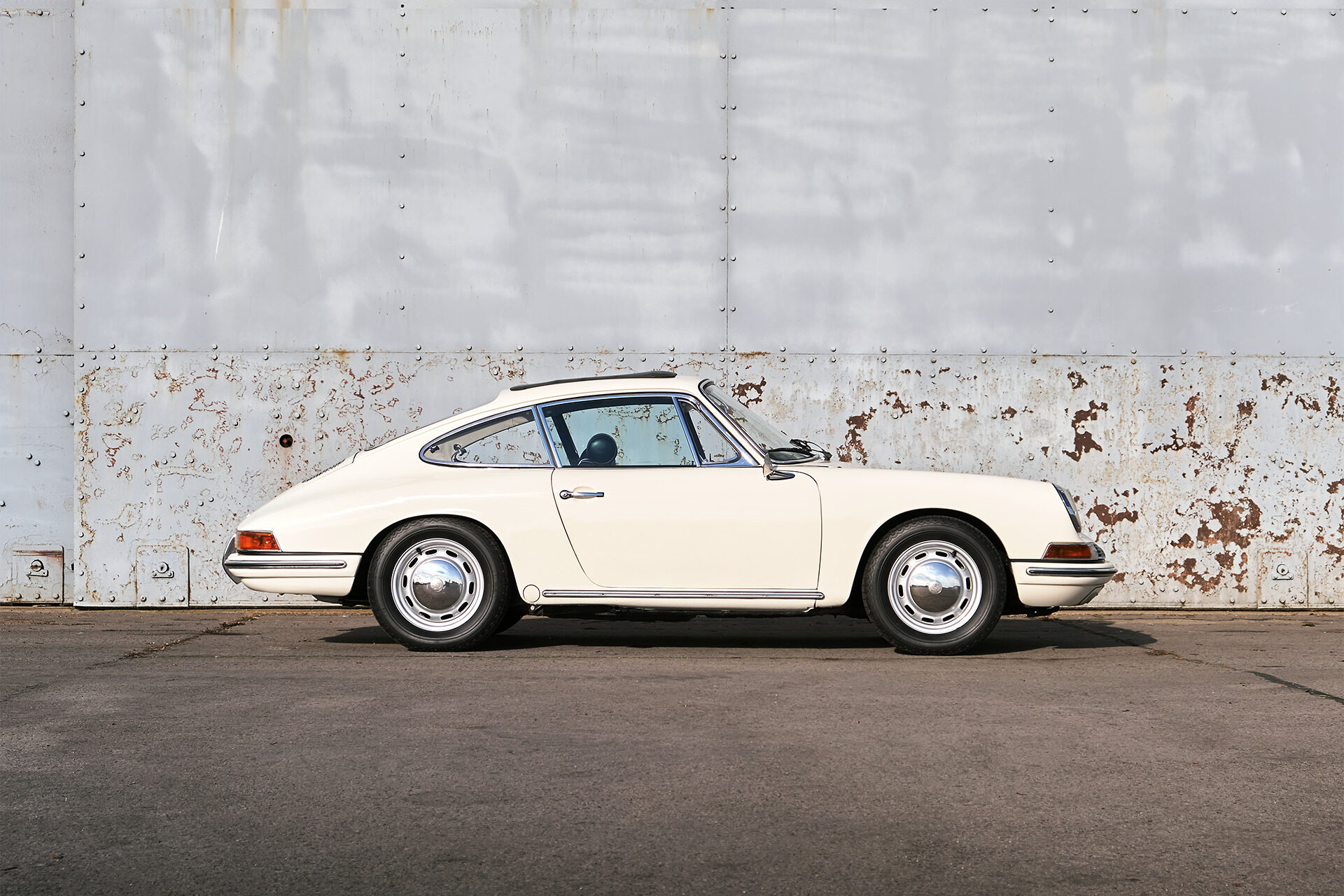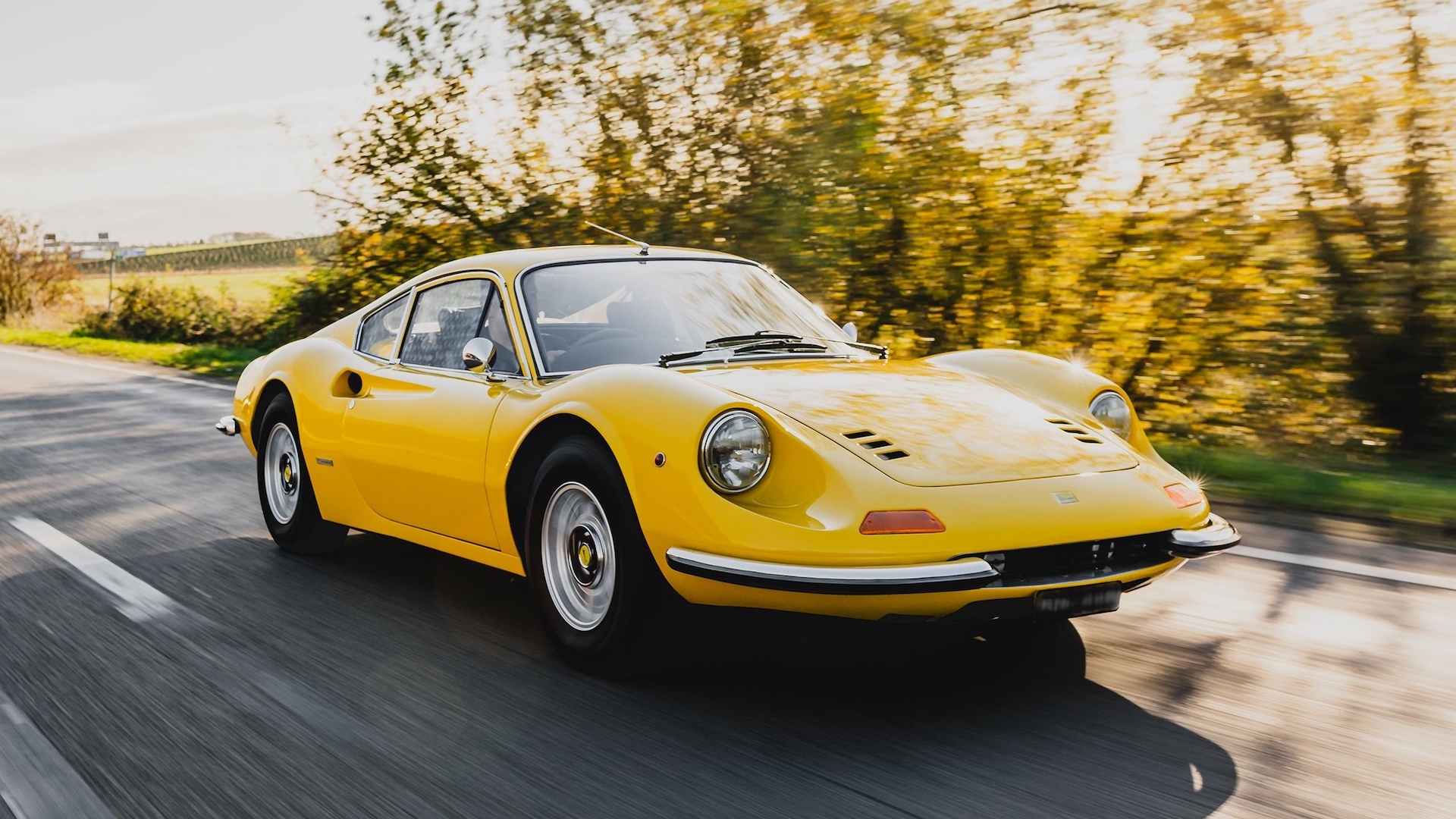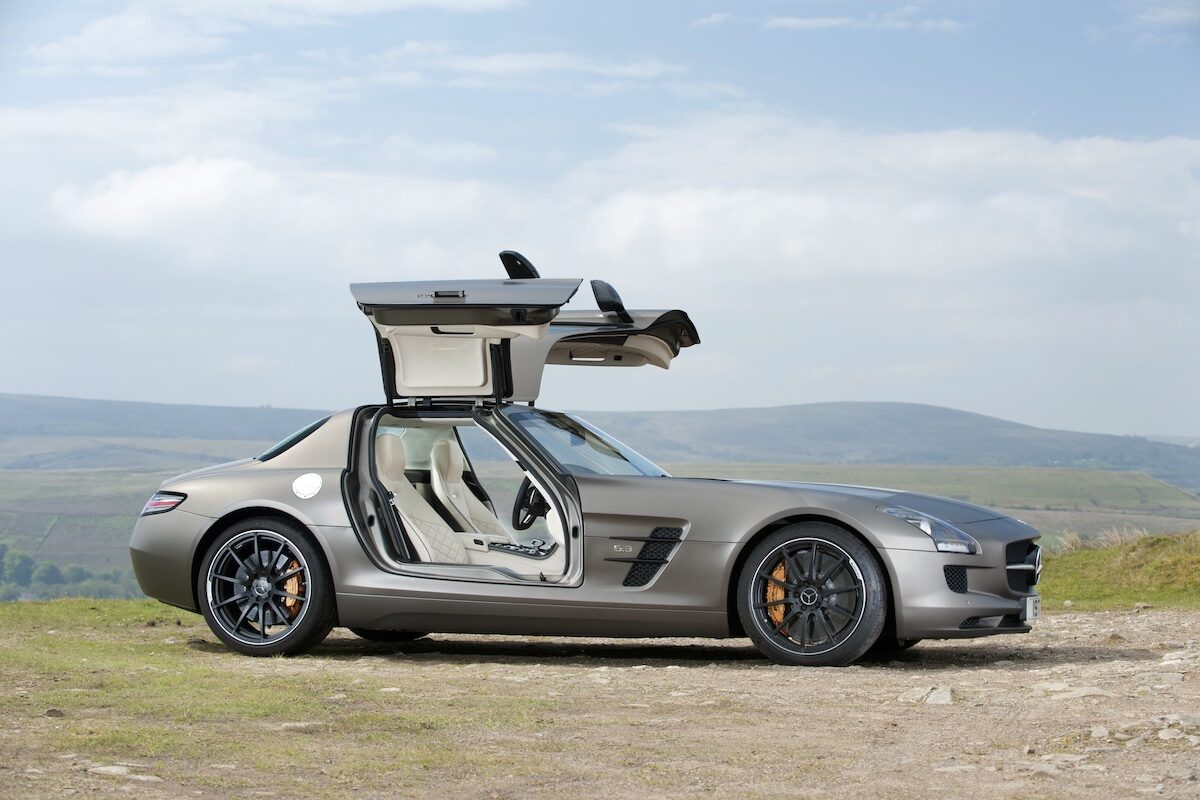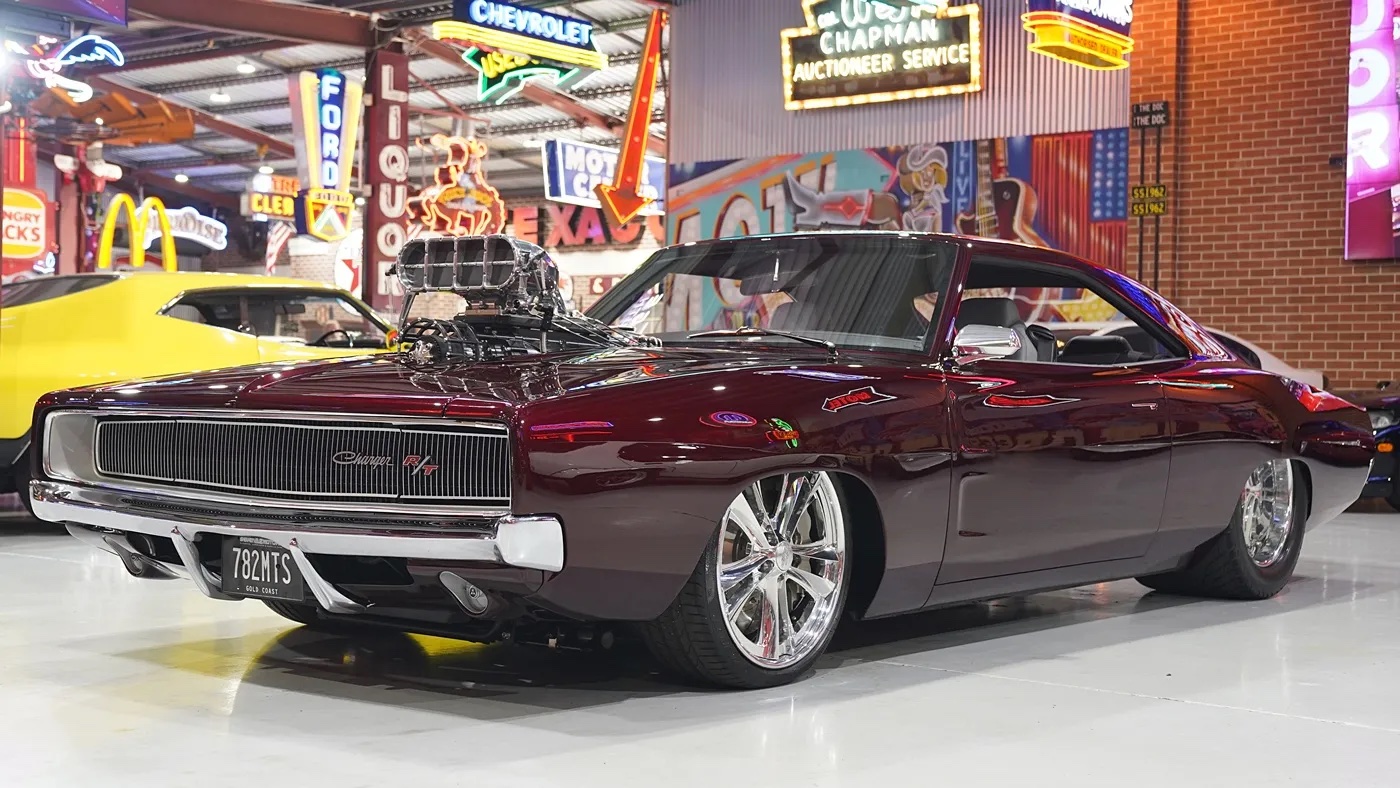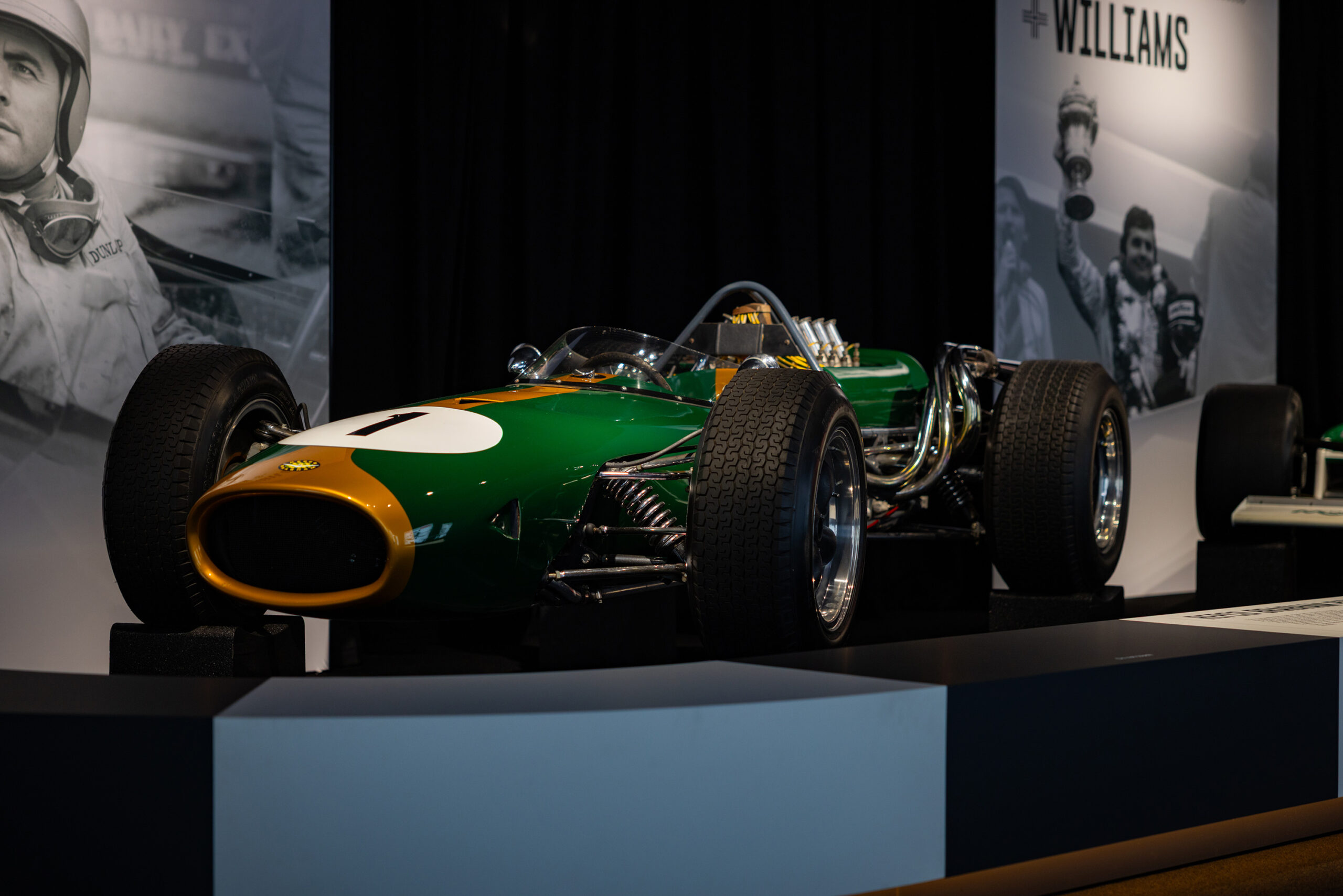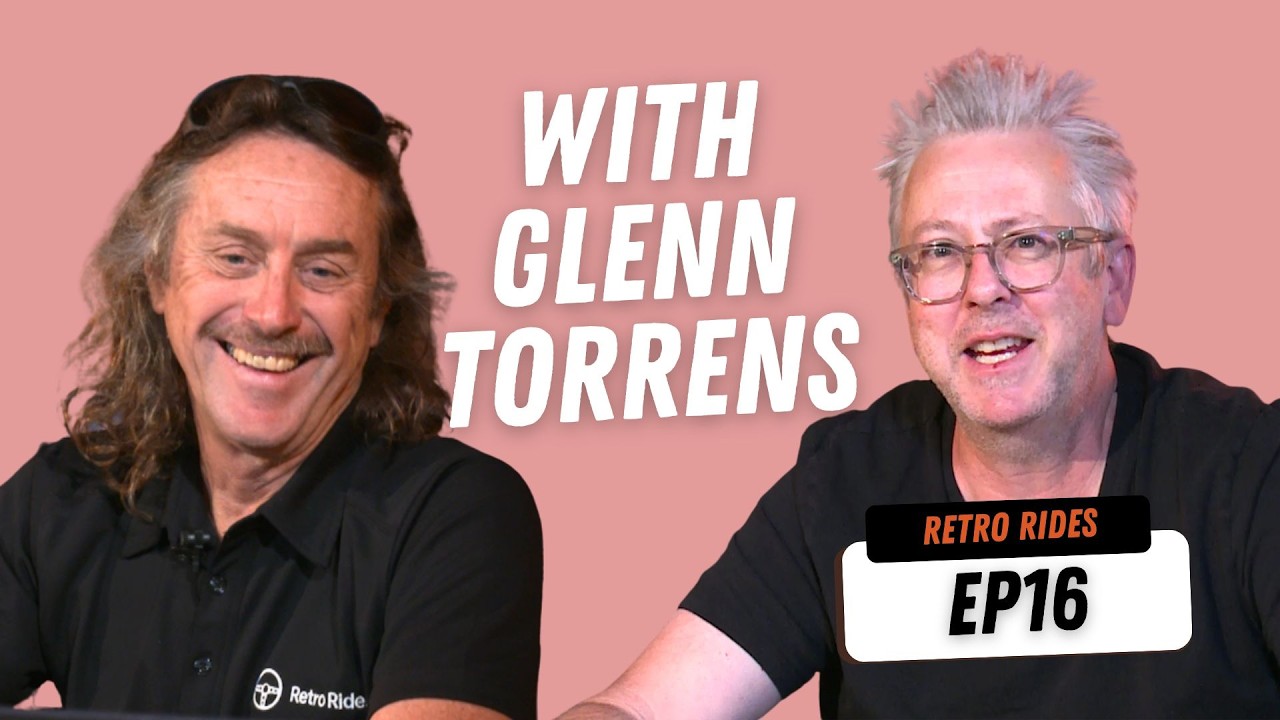The Chrysler brand this week celebrated its 100th birthday on June 6, 2025. What better vehicle is there for us to look back at this week than the aptly-named Centura?
The car Australians came to know during the mid-to-late ’70s as the six-cylinder powered Chrysler Centura started life in France with four-cylinders and as a rival to Peugeot’s 505 and the Renault 20.
Australia did see a few of the 2.0-litre four-cylinder version, but Chrysler’s local branch saw Simca’s 180 mainly as the platform for a six-cylinder that would be unique to this country.
Holden and Ford already had their mid-sized Torana and Cortina in market, meaning Chrysler was under pressure to join the fray. Six-cylinder versions of the Centura appeared in 1975, with locally produced 3.5- and 4.0-litre engines and in XL or GL trim.
Two years later came an updated KC version, with models designated GL or GLX and with Chrysler’s 245-cubic inch, 4.0-litre inline six-cylinder the only power unit available.
The majority of Centuras were automatic, although some came with a three-speed floor-shift manual and fewer still used the same Borg-Warner four-speed floor shift as the Charger.
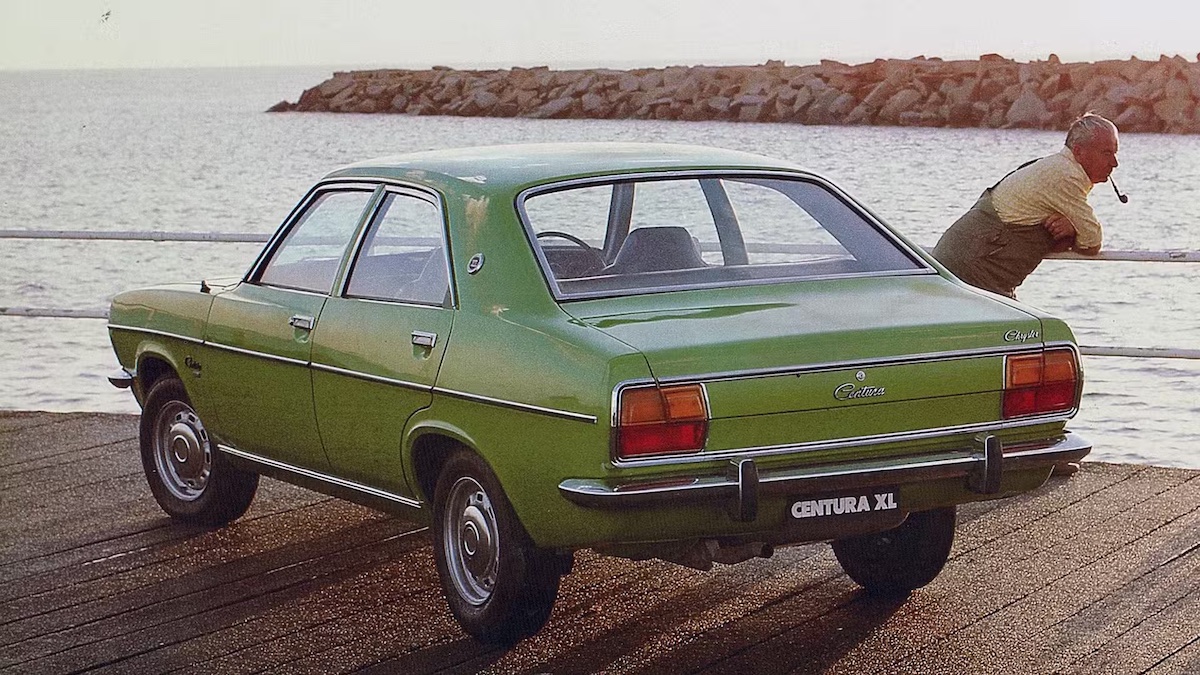
Disc front brakes and radial-ply tyres were standard as was a rear brake pressure proportioning valve to minimise lock-up. In magazine tests this presented as a big advantage with the Centura Six stopping several metres sooner than either the 3.3-litre Torana or 4.1-litre Cortina.
Centuras could also be specified with a Sports Package that included Charger-spec wheels, body stripes, natty ‘Boca-Raton’ cloth seat inserts and a revised dash with tachometer.
For those wondering about the origins of that seat trim name, Boca Raton is a city on Florida’s southeastern coast, known for its golf clubs and resorts. One can only imagine that Chrysler’s product planners thought it added a dash of exoticism to the Centura’s otherwise mainstream appeal.
Fleet buyers were prime targets for the automatic 3.5-litre GL which at $5270 was $35 cheaper than the smaller-engined, Trimatic Torana SL. Sales were slow though and very few Centuras that survive today were originally fitted with 3.5-litre engines.
Buying a GLX automatic in 1977 cost $6800 against $7208 for a TE Cortina 4.1 auto, but the Centura still struggled. This was despite higher levels of standard equipment including reclining front bucket seats, a centre console, clock and vinyl roof covering.
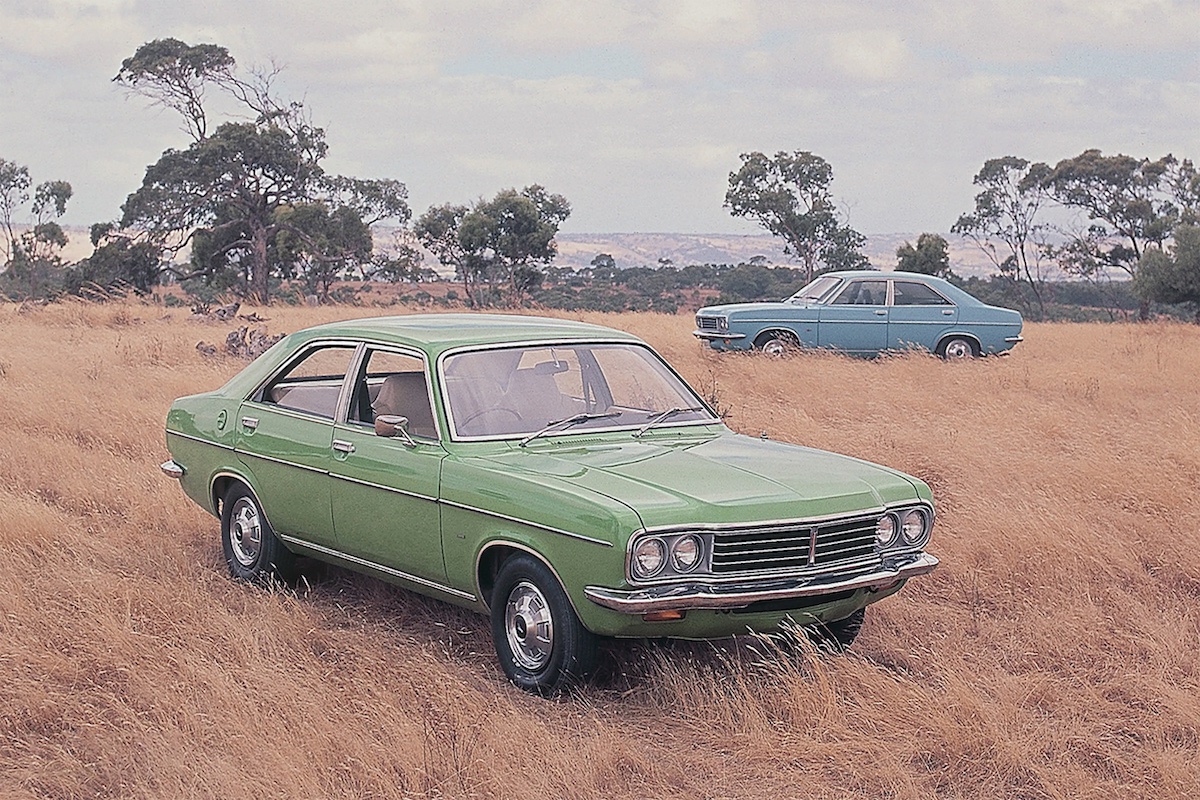
Cars that combined the 245 engine and three-speed manual transmission would reach 75km/h in first gear but a four-speed was faster to 100km/h. Top speed with automatic transmission was 170km/h but a 4.0-litre four-speed would manage 184km/h.
The Centura shared nose-heavy handling issues with six-cylinder Cortinas and, to a lesser extent, the LH Torana. Wider wheels, stiffer springs and extreme camber settings helped but Centuras still fit the description of being a ‘lead-tipped arrow’.
Surviving Centuras are often owned by younger enthusiasts and have often been significantly modified. Changes can include turbocharged engines, custom interior trim, and drivetrain upgrades to create potent street-machines or drag cars.
Excellent unmodified cars occasionally appear and sell quickly if the pricing is right. Quality, original automatics can exceed $30,000 with four-speed manual cars approaching $40,000.
Body panels are often advertised online and mechanical parts are easily sourced so only serious rust is likely to prevent a surviving Centura being restored.
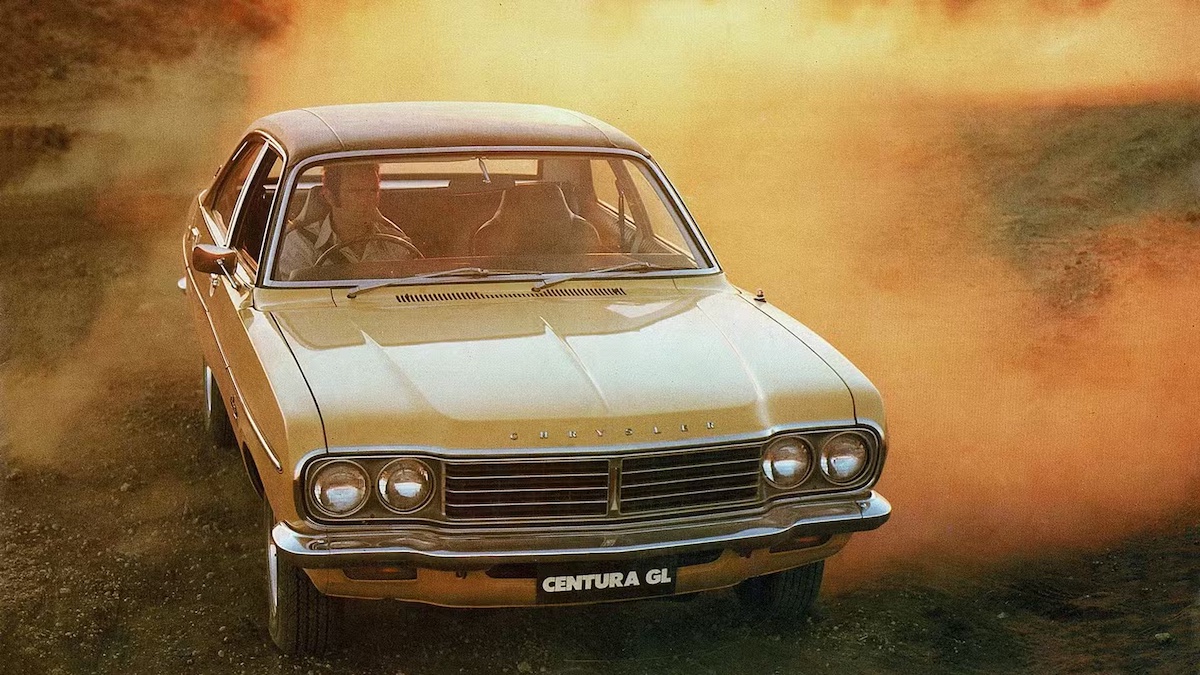
Things To Watch Out for When Buying a Used Chrysler Centura (1975-78)
- Rust in chassis rails, firewall, plenum and windscreen surrounds, turret and floors
- Hemi Six engines leak oil but is usually not a concern unless lubricant loss is major
- Noisy valve trains can be cured by installing solid lifters and performance valve springs
- Clutch wear and shudder in three-speed manual cars
- Avoid cars that have been lowered as ride quality suffers when springs are shortened
- Ensure rear brakes are still working
- Inspect column stalks to ensure they haven’t broken and been repaired
- Test heater/demisting system to determine if the fan still works and air-flow changes from warm to cool
Valuation Timeline: Chrysler Centura (1975-78)
-
1995N / A
-
2005$5,200
-
2010$7,000+34.62%
-
2014$9,500+35.71%
-
2019$16,500+73.68%
-
2024$32,500+96.97%Chrysler Centura GLX Auto

